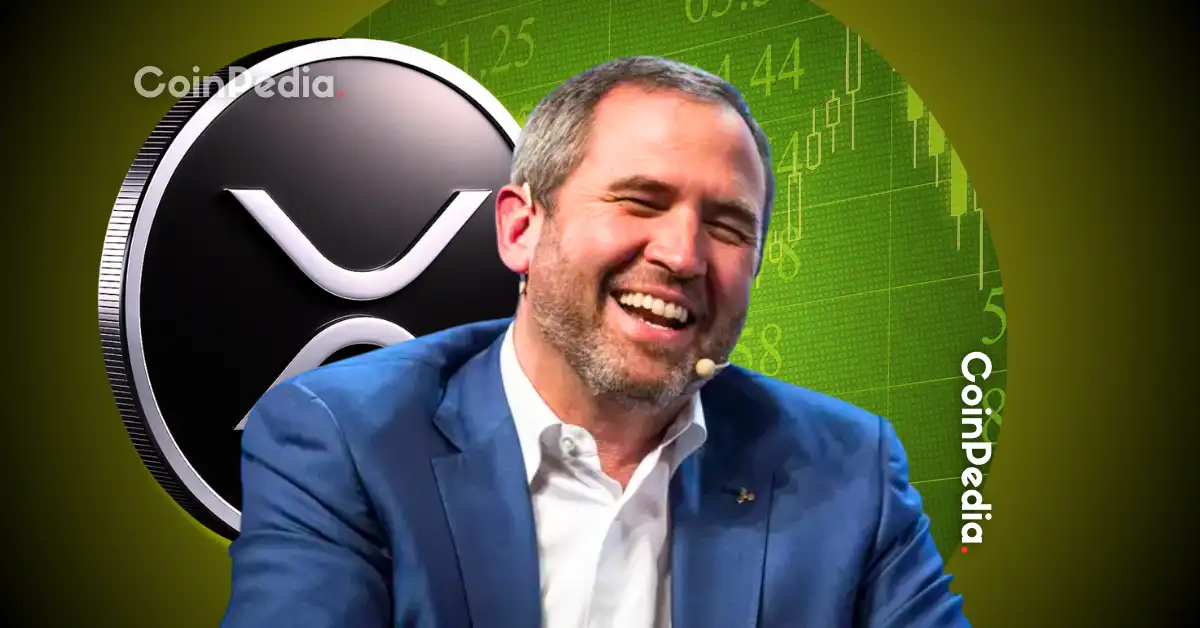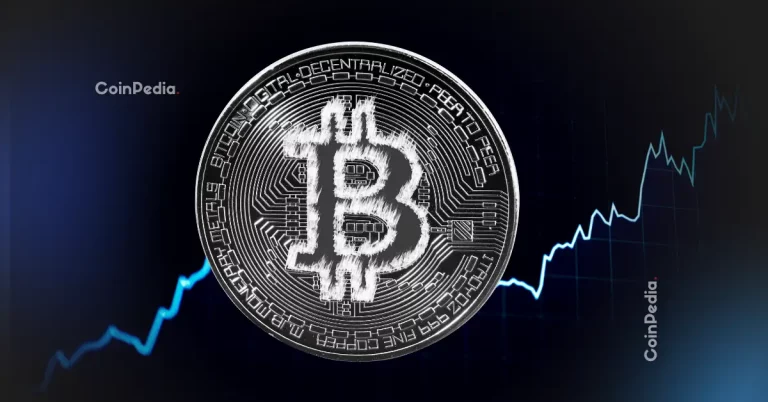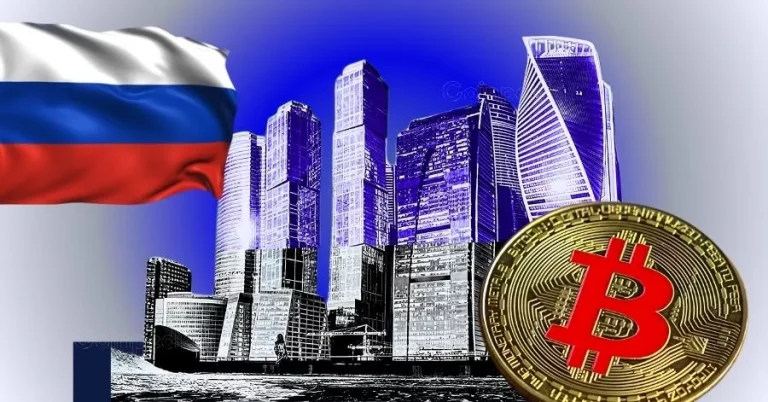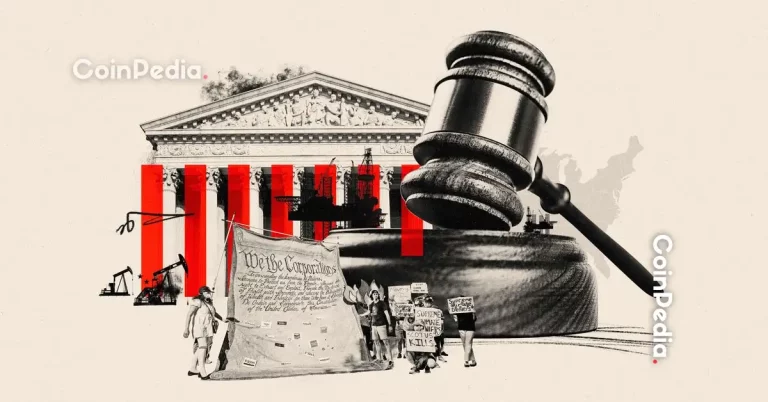
Ripple Labs has cemented its position as a major player in the financial ecosystem, taking strides to revolutionize its infrastructure through a series of bold acquisitions. This aggressive expansion strategy, combined with rising institutional interest in XRP, is shaping the future of decentralized finance (DeFi) and crypto innovation.
Ripple’s Acquisition Strategy: Redefining Finance
Since early 2025, Ripple has invested a staggering $4 billion to acquire companies across brokerage, payments, custody, and treasury management sectors. The spree began with the $1.25 billion purchase of Hidden Road, rebranded as Ripple Prime. Ripple has since acquired Rail for $200 million and G Treasury for $1 billion, culminating in the recent acquisition of the crypto wallet custodian Palisade.
Ripple is no longer content with mere partnerships in traditional finance—its acquisitions are reshaping it entirely. By consolidating critical infrastructure, Ripple positions itself as a one-stop solution for institutions eager to integrate cryptocurrency into their operations. This strategic growth ensures Ripple’s relevance and dominance in the ever-evolving financial landscape.
The Rise of XRP Treasuries
A new force is emerging within the XRP ecosystem: corporate treasuries built around the accumulation and utilization of XRP. Currently, there are 13 active XRP treasury companies, including:
- Evernorth – $1 billion
- Trident – $500 million
- Webus International – $300 million
- VivoPower – $121 million
These entities are not simply holding XRP as a long-term investment. Many, including Evernorth, utilize XRP for yield-bearing opportunities on the Flare network, demonstrating the utility and profitability of the digital asset.
New entrants like Amazing AI plc (AAI) are broadening this model, diversifying portfolios with assets such as BTC, ETH, SOL, and a gold-backed token. This trend signals a structural shift in the demand for XRP, moving beyond retail speculation toward robust institutional adoption.
XRP ETFs: A Game-Changer
Ripple’s Swell Conference in New York highlighted key developments around XRP. A pivotal moment lies ahead with the SEC’s November 14 deadline for Franklin Templeton’s spot XRP ETF. If approved, analysts project that XRP ETFs could generate $3–8 billion in capital inflows within the first year, creating substantial demand for XRP.
JPMorgan estimates that ETFs, combined with the rise of XRP treasuries, could catalyze a stable upward trajectory for XRP prices. Concurrently, advancements in the XRP Ledger, like the introduction of a native lending protocol and Multi-Purpose Tokens (MPTs), are setting the stage for XRP as a hub for institutional DeFi.
Challenges and Competition
Despite Ripple’s robust fundamentals, macroeconomic challenges—such as high interest rates and Bitcoin’s dominance—have kept XRP’s price relatively subdued. Additionally, Ripple faces increasing competition from Solana, which processes over $2 trillion in monthly stablecoin transactions and recently partnered with Western Union to launch its own stablecoin on Solana’s network.
However, Ripple’s continuous expansion and the growing support from institutional investors suggest unwavering confidence in XRP’s long-term potential.
The Future of Ripple and XRP
The final months of 2025 could prove decisive for Ripple. Key developments like ETF approvals, treasury inflows, and technical upgrades may set the stage for an XRP rally that disrupts the cryptocurrency market. With its relentless innovation and institutional integration strategies, Ripple is well-positioned to redefine financial technology.
Interested in riding this wave of growth? Consider products like the Ledger Nano X, a hardware wallet that provides secure storage for XRP and other cryptocurrencies, ensuring your assets remain safe during this transformative era.



